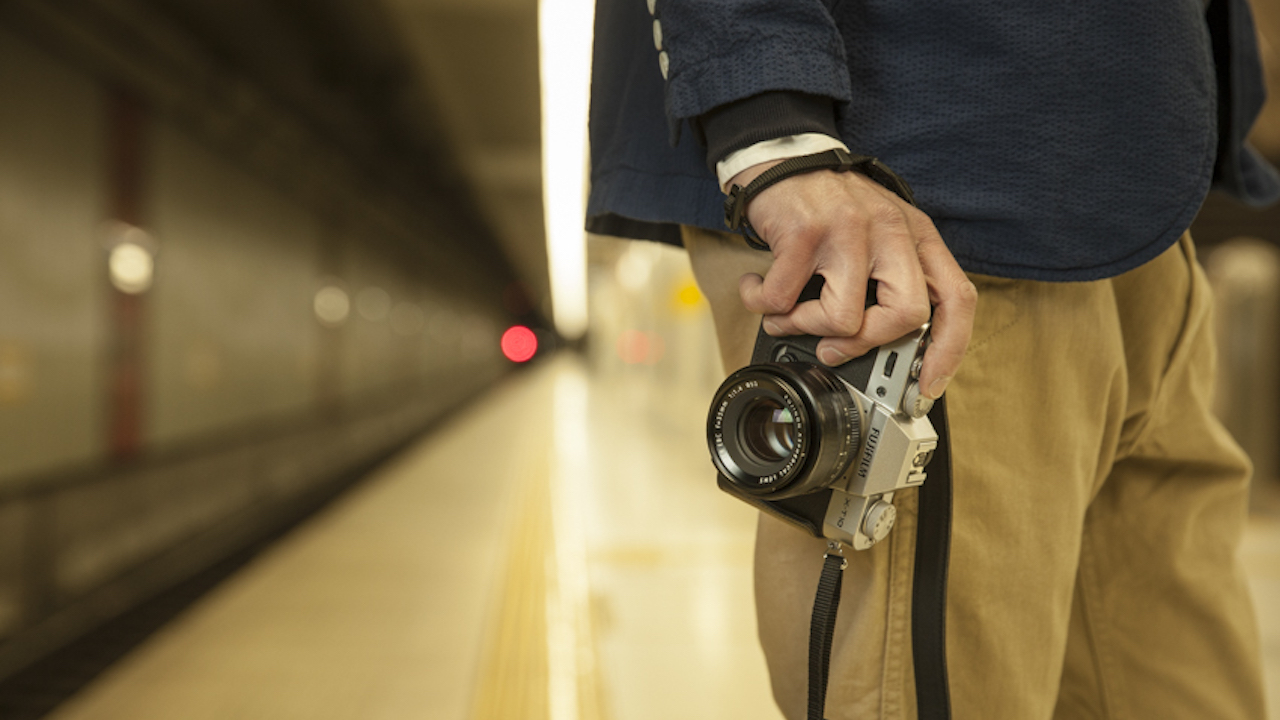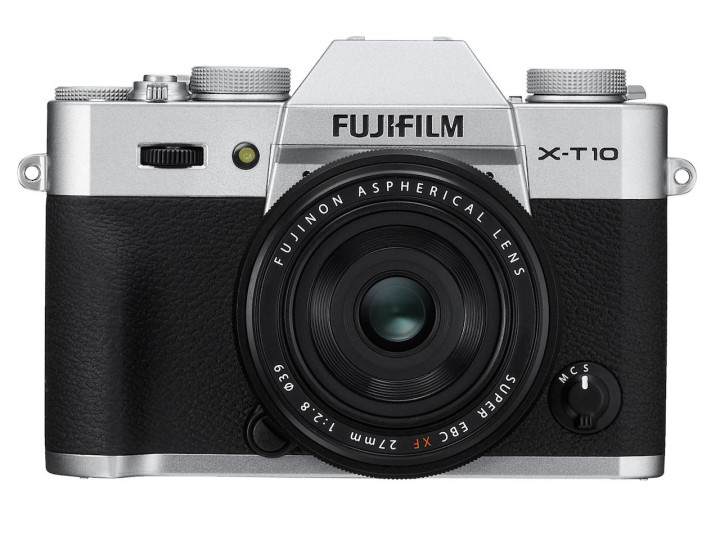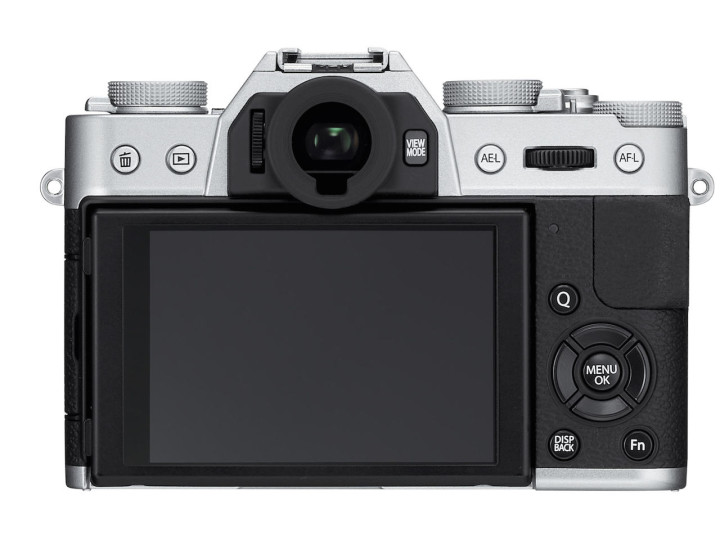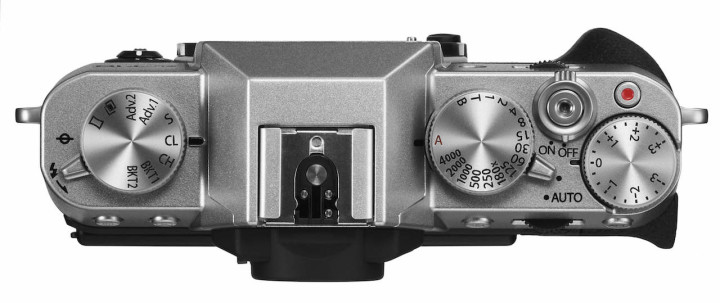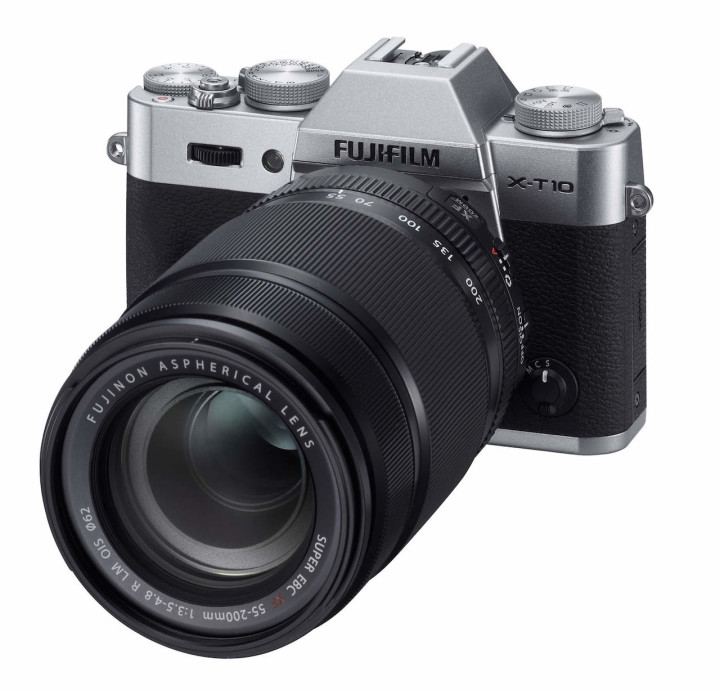Check out our hands-on article with the X-T10, 16mm f/1.4 and 90mm f/2 here!
We can say a lot of things about this new Fuji on the block but we certainly can’t say it was a surprise. The past few weeks have seen numerous rumours and images of the new camera leak out across the interweb and now it is official: Fujifilm has announced the X-T10. It fits somewhere in between the X-T1 and the X-E2, and proves that the X-T1 wasn’t simply a one-off but part of a succession of SLR-type cameras that will grow alongside the rangefinder X-Pro/X-E series. Despite the difference in design, the cameras all remain very similar and give you the same image quality.
Something is certain: the X-T10 was born from the success of the X-T1, which is Fujifilm’s most popular camera to date. The X-T10 once again confirms the trend that has been present for a few years, which is to design different camera models that are in fact very similar. The X-T10 resembles the X-T1 in many ways: the overall design, functionalities and image quality (same sensor and processor). It even includes the new autofocus modes that will be introduced to the X-T1 via firmware update number 4.
While reading the rumours from the past two weeks, I kept asking myself why Fujifilm would design a camera that looked so similar to the X-T1 and had the same performance. Of course the more attractive price was a valid argument but I was wondering what the real differences would be between the two cameras.
I knew there was a trick somewhere and the official specs this morning confirmed it: the X-T10 is small. In fact, it is approximately the same size as the X30.
Camera design is definitely becoming one of the major selling points for manufacturers, sometimes more than the technology on the inside itself. Of course right now I can only talk about the official specs and what other reviewers have already written about the camera. I’ll have to wait until I can try it myself to tell you more. However the fact that the camera is so small raises a two-pronged argument:
- On one hand, it once again reaffirms the concept of mirrorless cameras being small. And that is great news because I can imagine that the X-T10 with small prime lenses such as the XF 27mm f/2.8 would be an excellent companion for street, travel or any other photography where you want to bring the smallest possible camera with you without renouncing the best image quality the brand has to offer. It can also be an interesting back-up body for certain jobs.
- On the other hand, I bet that the grip with large lenses could be more of an issue. Actually X-photographer Nathan Elson highlights this in the excellent hands-on video review by The Camera Store. The X-T10 grip apparently isn’t ideal with bigger lenses such as the 56mm or the 50-140mm. Here again, I’ll have to wait to test it myself to say more.
I won’t list the entire specs list in this post but let’s see what the X-T10 has in common with its bigger sister and what the differences are:
X-T10 vs X-T1 – what they have in common:
- Same sensor: the 16mp APS-C X-Trans II sensor that is also found in the X-T1 and X-E2. It is also very similar to the first generation X-Trans sensor found in the X-M1, X-E1 and X-Pro1
- Same autofocus system: 49 AF areas including 9 phase detection areas and the new Zone and Wide tracking modes
- Same picture profiles: all the Film Simulation modes are there including Classic Chrome
- Burst: continuous shooting up to 8fps in AF-C
- Electronic shutter: silent mode + shutter speed up to up to 1/32000sec
- Movie mode: Same Full HD video capabilities with manual control and various frame rates
- Wifi: it includes the Camera Remote control option
- LCD screen: same resolution (920k dots) and tilting capabilities
X-T10 vs X-T1 – what’s different:
- Size and weight: the X-T10 is smaller and is approximately the same size as the Fujifilm X30, which is compact
- Design: there are of course a few differences in terms of the dials and button layout. The ISO dial on the X-T1 has been replaced by the mode dial on the X-T10 and an Auto Mode lever has been added to the X-T10.
- Scene Recognition Auto: an advanced automatic mode where you can pre-select 14 different scenes. Available on entry level cameras such as the X-A2.
- Viewfinder: smaller on the X-T10, it is basically the same as the X-E2 in terms of specs (2.360k dots and 0.62x of magnification) and has the same time lag of 0.005s.
- Build quality: the X-T10 is not weather sealed
- Flash: the X-T10 has a tiny built-in pop-up flash
Generally I don’t like to talk about cameras I haven’t touched or tried yet so it is difficult for me to say what I think about it. The fact that it has the same sensor as previous cameras doesn’t bother me because it makes more sense to release a new generation sensor on a flagship camera. And the X-T10 sensor is still really good by today’s standards. The Auto Mode lever on top of the camera also suggests that this camera targets amateurs as well. At the same time, the performance (especially the autofocus) suggests that this camera represents the best of what Fujfilm has to offer in terms of performance. Personally I think it is a positive thing that Fujifilm doesn’t reserve the best AF for the higher end models alone. Other brands are doing the same as well (think about the Sony a6000 and a5100).

The very small size of the X-T10 means it is verging on pocketable but this very aspect could actually be a downside for a real-world usage unless you use very small lenses.
And while we’re on the topic of lenses, today Fujifilm also announced the XF 90mm f/2, the company’s second portrait lens after the 56mm f/1.2.
The lens doesn’t include optical stabilisation but has other interesting characteristics such as:
- quad linear motor for the autofocus system
- close focusing capabilities of 60cm with 0.3x magnification
- weather sealing
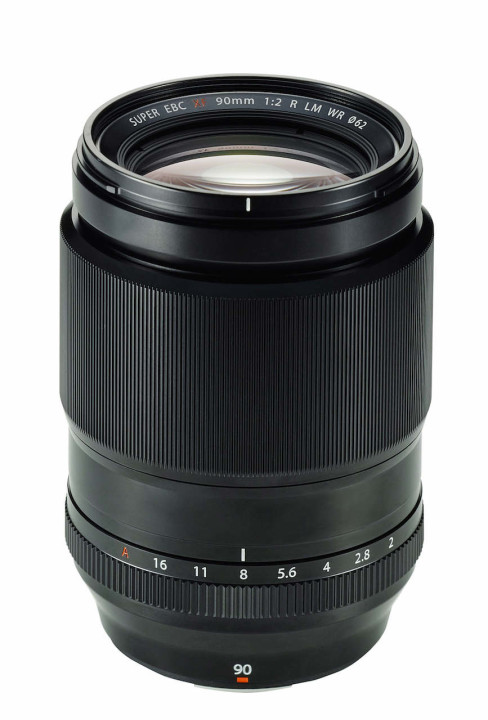
Curiously, this lens is almost as long as the X-T10’s longest edge. I trust that it will be as good as the other Fujifilm primes (otherwise it would be a disappointment for sure). By visiting the links below, you can check out some of the first very shots taken with the lens:
- Very nice shots taken by X-Photographer Kevin Mullins
- Portrait session by X-Photographer Fred Boheli
- Review by X-Photographer Ivan Joshua Loh
Something I’ve noticed with Fujifilm, and most other mirrorless brands, is that we often see new models that don’t necessary replace others but rather complement others in the line-up, whereas with DSLRs we have a more or less defined series of models that get updates every year or every two years. The X-T1 has been a big success for Fujifilm, so to release a smaller version of it isn’t a bad idea at all, especially considering the attractive retail price of this new camera.
For sure, it will prompt a reoccurring question in the months to come: “should I get the X-T10, the XT1 or perhaps the X-E2?” And how about you – which one would you get? Share your thoughts in the comments section below!
If you want to check out some nice hands-on reviews about the new Fujifilm X-T10, here is a list of links below. Of course, you can also visit Fujirumors for the most complete coverage.
- Review by Donovan Bond at FujivsFuji that highlights all the most important aspects of the camera
- Review by X-Photographer Riley Joseph
And last but not least, the nice hands-on video by Chris and Jordan of The Camera Store!
